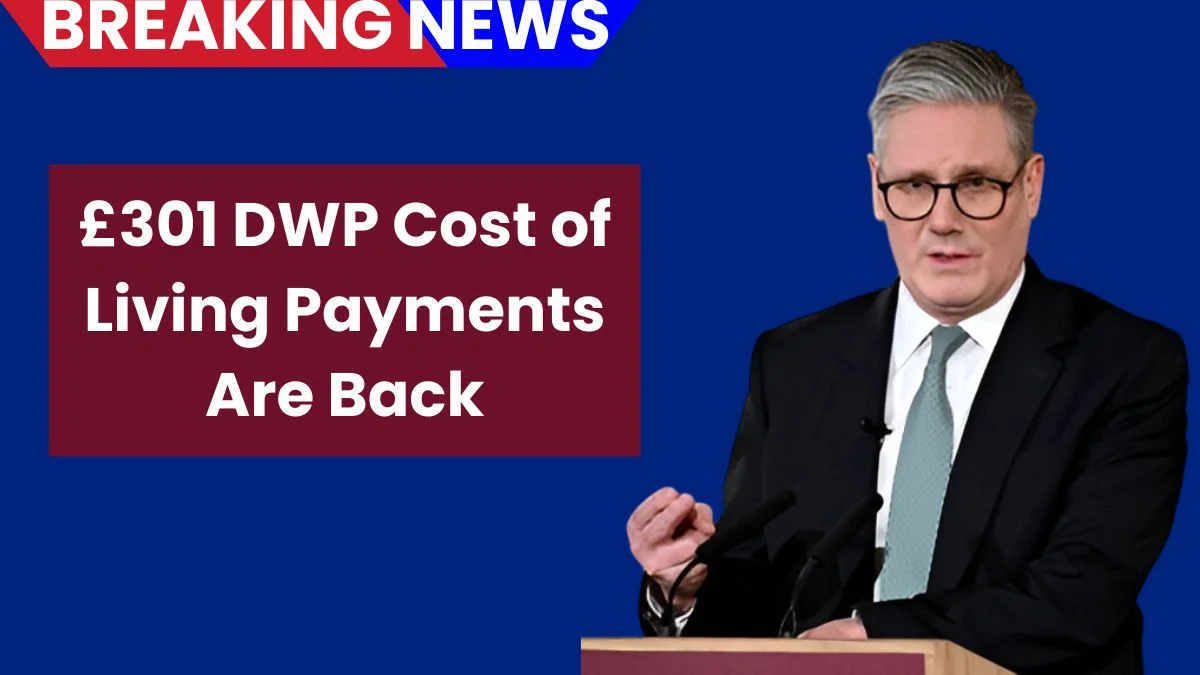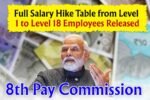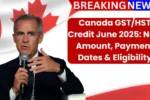£301 DWP Cost of Living Payments Are Back: New Eligibility Rules Explained
The cost of living crisis has made it difficult for many households across the UK to make ends meet. From rising food prices to increased energy bills, many people are feeling the pressure. In response, the Department for Work and Pensions (DWP) has once again rolled out the £301 Cost of Living Payment, offering much-needed support to those on low incomes or receiving specific benefits.
But with every new payment, the eligibility rules tend to change slightly. If you’re unsure whether you qualify or when you might receive the payment, this article will walk you through everything in a clear and simple way.
The Subheadings of the Article
-
What Is the £301 Cost of Living Payment?
-
Why Is It Being Paid Again?
-
New Eligibility Rules You Should Know
-
When and How You’ll Get Paid
-
What If You Don’t Receive It?
-
Overview Table
-
FAQs
-
Final Thoughts
What Is the £301 Cost of Living Payment?
The £301 Cost of Living Payment is a government-backed financial support payment designed to help low-income individuals and families deal with rising living expenses. It is not a loan and does not need to be repaid.
This payment is usually sent automatically to people who are receiving certain means-tested benefits, including:
-
Universal Credit
-
Income-Based Jobseeker’s Allowance (JSA)
-
Income-Related Employment and Support Allowance (ESA)
-
Income Support
-
Pension Credit
-
Child Tax Credit or Working Tax Credit (from HMRC)
Why Is It Being Paid Again?
This is not the first time a cost of living payment has been issued. The UK government introduced these payments as part of a wider plan to soften the blow of economic challenges that many people are facing.
In June 2025, the £301 payment is back as a continuation of the support plan. The goal is to assist households in keeping up with the costs of essentials like food, heating, and rent.
The new rollout is also meant to help bridge the gap until more long-term support measures can be introduced.
New Eligibility Rules You Should Know
While the payment is still aimed at benefit claimants, new rules apply this time around. Here are the key points:
-
Qualifying Period
To receive the £301, you must have been eligible for a qualifying benefit during a set time frame, usually within a specific few weeks before the payment date. If you were not receiving benefits during that time, you may not qualify. -
No Duplication
You’ll only receive one payment of £301 even if you qualify under multiple benefits. It won’t be multiplied if both you and your partner are eligible. -
Different Rules for HMRC Tax Credits
If you only receive Child Tax Credit or Working Tax Credit, your payment will come later than for DWP benefit claimants and will be handled by HMRC. -
New Claimants
If you have just started claiming a qualifying benefit, you may need to wait for the next round unless your claim is backdated. -
Exceptions
Some people who live in care homes or have savings above a certain level might not qualify, even if they are on a benefit.
When and How You’ll Get Paid
The payments will begin in mid-June 2025 for most DWP benefit recipients and may take up to two weeks to reach all eligible accounts. Those who qualify through HMRC can expect their payments a bit later—usually by the end of June.
The money will be paid directly into your bank account, using the same method your benefits are normally paid. You do not need to apply or contact DWP—it’s automatic if you qualify.
What If You Don’t Receive It?
If you’re eligible but haven’t received your £301 payment by the end of June, you should:
-
Check Your Benefit Statements
Confirm that you were receiving a qualifying benefit during the required time frame. -
Wait a Few Days
Delays can happen. Give it a few days after the official payment window. -
Report the Missing Payment
If it still doesn’t arrive, you can report it as missing through the DWP’s official website or by calling them.
Overview Table: Key Details About the £301 Cost of Living Payment
| Detail | Information |
|---|---|
| Amount | £301 |
| Payment Start Date | Mid-June 2025 |
| Who Pays It | DWP or HMRC |
| Do You Need to Apply? | No, it’s automatic if eligible |
| Qualifying Benefits | Universal Credit, Pension Credit, ESA, Tax Credits |
| Still Missing Payment? | Report after end of June 2025 |
FAQs
1. Will everyone on Universal Credit get the £301 payment?
Not necessarily. You must have been receiving Universal Credit during the qualifying dates. If you weren’t eligible during that period, you may not receive it.
2. Can I get the payment if I just applied for benefits?
Only if your claim is backdated to include the qualifying period. Otherwise, you might need to wait for the next round of payments.
3. How do I know if I qualify for the HMRC version of the payment?
If you receive only Tax Credits, your payment will be handled by HMRC, not the DWP. Keep an eye on your bank account and government announcements.
4. Will this payment affect my other benefits?
No, the £301 payment is separate from your usual benefits and won’t reduce or replace them.
5. Is this the last payment, or will there be more?
The government hasn’t confirmed future payments yet, but based on previous support rounds, more may be announced if economic pressures continue.
Final Thoughts
The return of the £301 DWP Cost of Living Payment is a welcome relief for millions of people in the UK who are struggling with everyday expenses. With new eligibility rules and automatic payments, the process is becoming smoother, but it’s still important to understand how it works and what to look out for.
Whether you’re currently receiving Universal Credit, ESA, or Tax Credits, it’s a good time to check your benefit status and keep an eye on your bank account. A little awareness can go a long way in making sure you get the help you’re entitled to.




